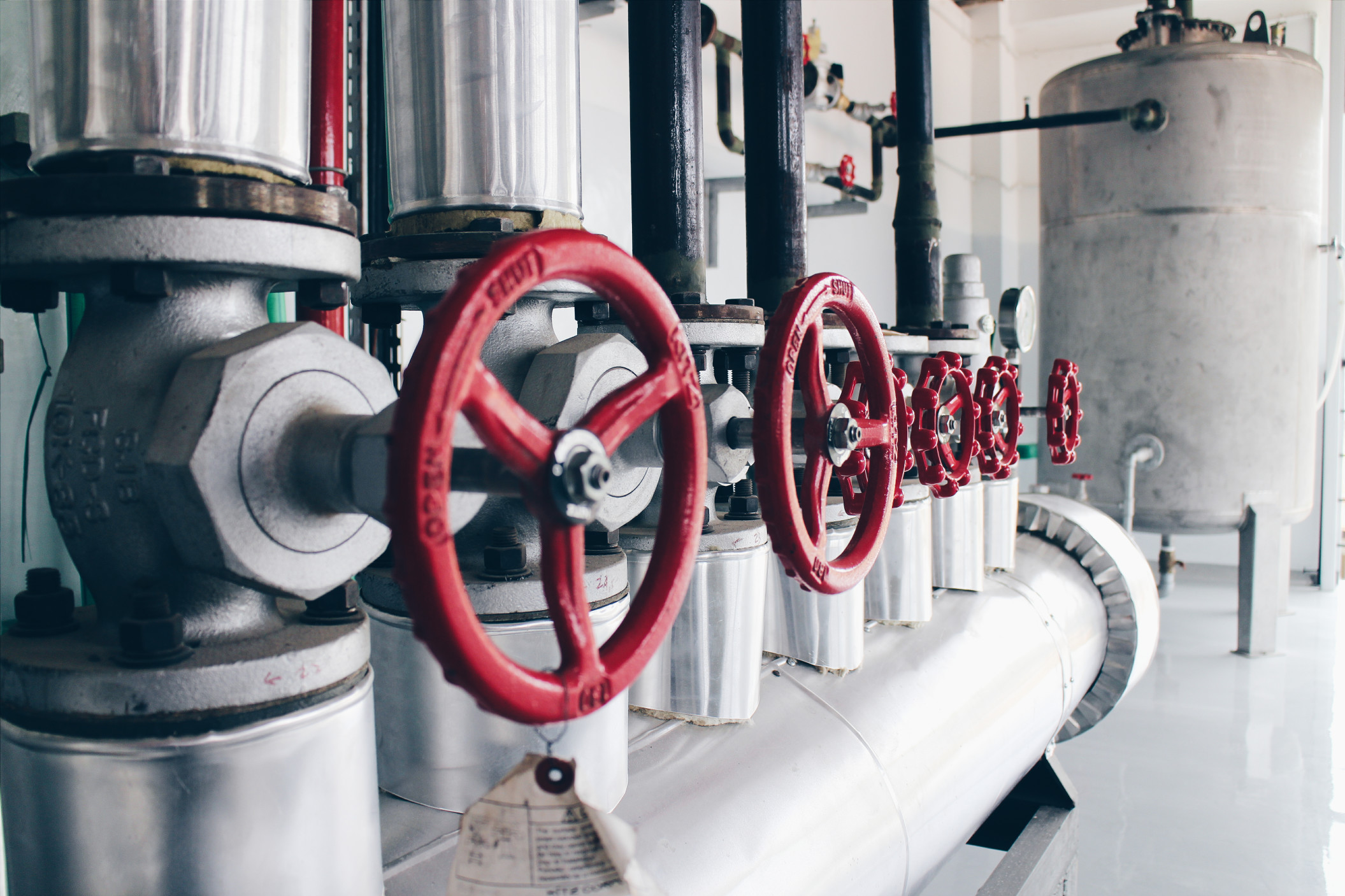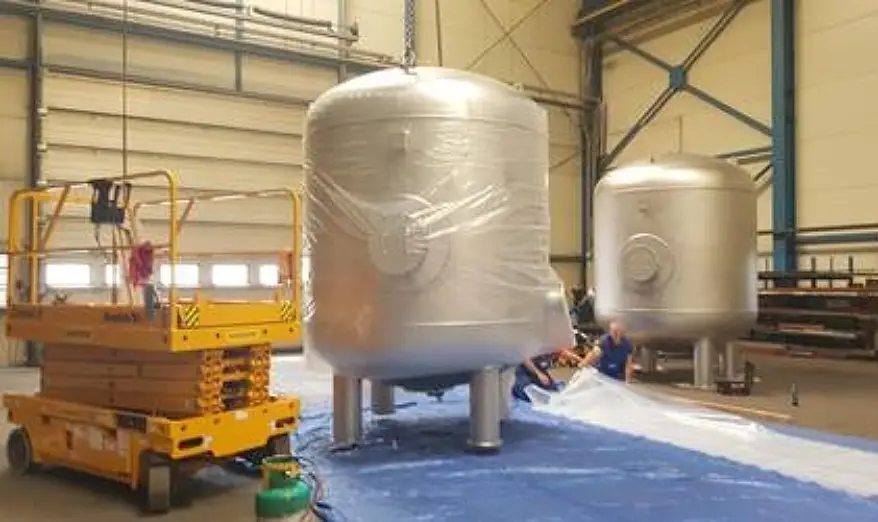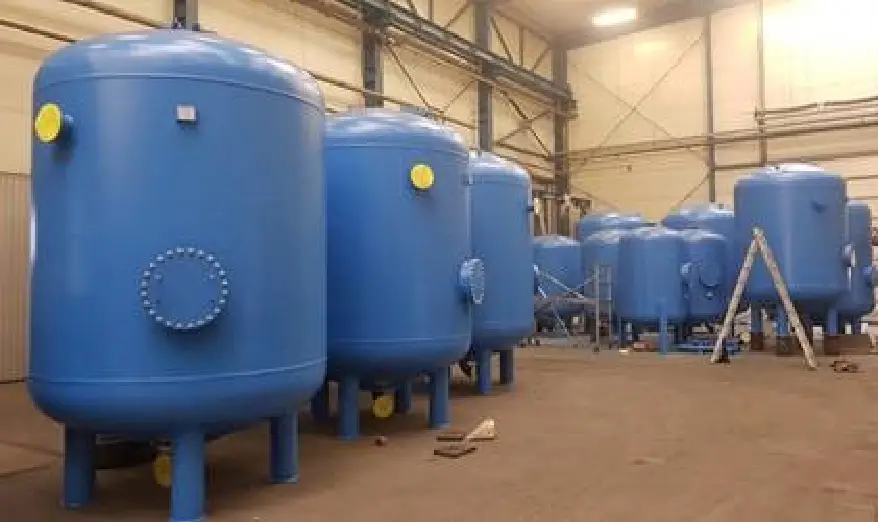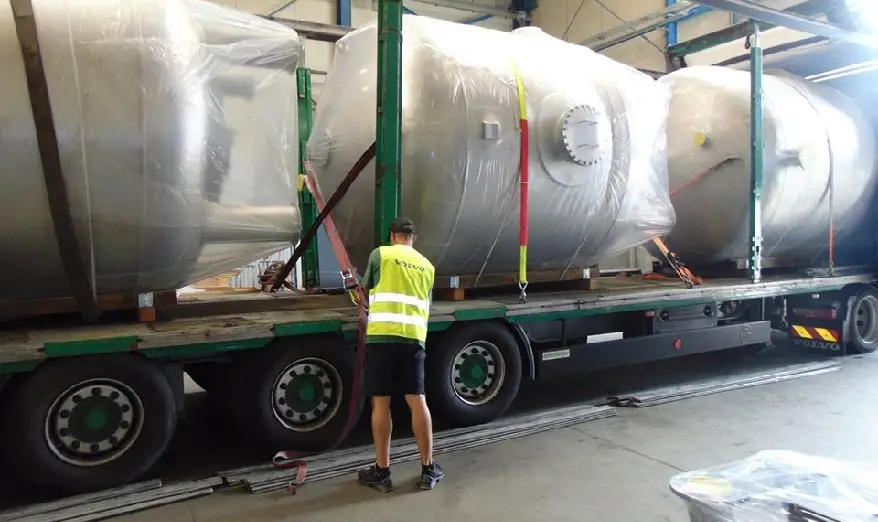Making the right choice of steel for water treatment plant
We all often have to choose what kind of steel to choose when designing a water treatment plant. UNITEX as a manufacturer of pressure filters will try to facilitate this decision.
Stainless Steel vs Carbon Steel
Stainless steel or carbon steel? It is a question many plants, engineers, designers and other industry workers face at some point. Stainless and carbon steel vessels are both good choices for a variety of uses, so it may be hard to know which one is right. By getting down to the basics of what steel is and how it’s used, you should be able to better determine which will fit your needs.
What Is Steel?
Steel is a kind of metal called an alloy. An alloy is two or more kinds of natural metals that are melded together to make a new, unique metal. When we talk about steel, we are talking about a kind of metal alloy that is a mixture of iron and at least one other metal. Many types of steel have several metals in the mix, though how much is in there (that is, the concentration) may differ. Steels are classified by what kind of metals are in it and what kind of properties it has.
Carbon Steel
Carbon steel is a basic steel that is a combination of iron and carbon. It may contain other substances in trace or unmeasured amounts. Carbon steel is classified by how much carbon content is mixed in with the iron. A low-to-mid carbon steel will have less than 0.3% carbon, while a high carbon would contain up to 2%. Carbon steel is known for its strength and its ability to withstand very high temperatures.
Stainless Steel
Stainless steel is created by adding chromium to the alloy. While basic carbon steel may only contain up to 2% carbon, stainless steel has at least 10% chromium content. As with carbon steel, other elements may be present in stainless steel in unmeasured amounts. The most significant characteristic of stainless steel is that is doesn’t rust or corrode. Avoiding corrosion is a unique property for steel to have. Steel is mostly made of iron and iron tends to rust very quickly.
Substance
What is going in your Filter? What are they being created to carry? This is the first deal-breaking factor when deciding on a metal. Will it be carrying something corrosive, like chemicals or salt water? If so, you will want a metal that will not react as readily. This will usually mean choosing a stainless steel filters, but double check the properties of the material you are working with to see what it reacts with.
Filters internally protected with epoxy paints. For example Hempadur 35560 paint that is approved for contact with drinking water, there are no analyzes or guidelines regarding chemical resistance.
| Conditiona | Stainless steel Type |
|---|---|
| Chloride level Suitable grades <200 ppm | 1.4301 (304), 1.4404 (316L) |
| Chloride level Suitable grades 200 – 1000 ppm | 1.4404 (316L) |
| Content of chemicals in water | 1.4404 (316L) |
The most common choice of stainless steel for water installations is 1.4404 (316L) due to the highest corrosion resistance and certainty of its durability even in changing conditions.
The alternative are: tanks made of carbon steel additionally secured with rubber liners, such liners are most often used in ion exchangers.
Temperature
Will your Filters be exposed to extreme temperatures? Carbon steel filters are known for the ability to withstand high heats and is good for things like steam pipes. However, if you are working with if protected with epoxy paints approved for drinking water, the paint’s resistance to temperature in water is up to 35°C. So for devices working in higher chloride concentration and temperature, stainless steel is the best solution. Other epoxy paints that are not approved for contact with drinking water also have problems with durability at high temperatures. This also applies to temporary exposure to high temperatures, for example sanitization with hot medium.
Cost
Fortunately, both stainless steel and carbon steel can be very affordable. Carbon steel Filters is frequently ranked as the least expensive steel, but stainless steel filters is also usually right behind. This is good news, allowing you to choose the material that best fits the project without having to make significant cost considerations.
Stainless Steel
Pros to using Stainless Steel Vessels
- Higher corrosion resistance
- Moderate abrasion resistance
- Overall lower life cycle cost
- Eliminates field painting requirements
Cons to using Stainless Steel Construction in Biosolids Handling Equipment
- Higher initial capital cost
Carbon Steel
Pros to using Painted Carbon Steel Vessels
- Lower initial capital cost
- Higher material strength properties
Cons to using Painted Carbon Steel Construction in Biosolids Storage
- Requires contractor on site material prep and painting
- Higher life cycle cost
Impact on the environment
The emission footprints of the material, especially those related to carbon, water and air, are minimised. Reuse and recyclability are at high levels. The material has low maintenance costs and a long life, both key indicators that the impact of the material on the planet is at the lowest levels possible. The electric arc furnace (EAF), the main proc-ess used to make stainless steels, is extremely efficient. An EAF has a low impact on the environment in terms of both CO2 and other emissions. The EAF is also extremely efficient at processing scrap stainless, ensuring that new stainless steel has an average recycled content of more than 60%.Stainless steels are easily recycled to produce more stainless steels and this process can be carried on indef-initely. It is estimated that about 80% of stainless steels are recycled at the end of their life. As stainless steel has a high intrinsic value, it is collected and recycled without any economic incentives from the public purse.
Stainless steel vessels and apparatuses for the cosmetics and Pharmaceuticals industry
The demands applying to stainless steel vessels for the cosmetics industries affect in particular the high hygiene requirements and the associated optimisation of product handling 1.4404 (316L). When there is a need to ensure high hygiene of the process, the internal surface of the filters can be polished to a roughness Ra <0.63 mm. This provides a low adhesion of contaminants and ease of cleaning surfaces.
Adaptation to an existing installation
We should adjust the material from which we build water treatment plants to the material of the existing installation or choose a neutral material such as PVC. A good practice that minimizes the formation of corrosion is not to combine stainless steel with other steel grades.
Summarizing
The choice of material from which water treatment devices are made is complex and is influenced by many factors. It is worth getting to know the prevailing conditions with which the water treatment plant must work. We also have to consider the costs and present the pros and cons of both solutions adapting them to the investor’s needs.
It is worth asking additional questions and presenting the investor with various variants in the option if we are not convinced of any of the solutions.
If you have any doubts or questions regarding this topic, please contact me. We will help you match the type of steel to your installation.





